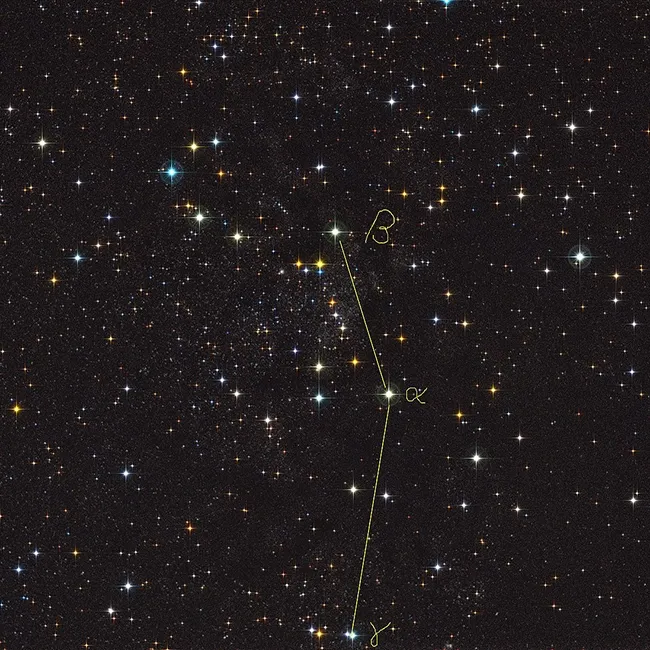
Perseus is a prominent constellation in the northern sky, named after the Greek hero Perseus. It is located near other notable constellations, such as Andromeda, Cassiopeia, and Taurus. Perseus is best known for its rich mythology and as the home of the famous variable star Algol.
Perseus is a large and sprawling constellation, with an area of 615 square degrees, making it the 24th largest constellation in the night sky. It is located in the first quadrant of the northern hemisphere (NQ1) and is visible between latitudes +90° and -35°. The constellation is easily recognizable by its prominent stars and the distinctive shape formed by its main stars.
Key Features
Perseus is home to several key astronomical features:
- Algol (Beta Persei): Also known as the "Demon Star," Algol is one of the most famous variable stars in the sky. It is an eclipsing binary star system, where two stars orbit each other, causing the star's brightness to vary regularly.
- M34: A beautiful open star cluster located about 1,400 light-years away. It is visible with binoculars and small telescopes.
- The Double Cluster (h and χ Persei): These are two open clusters located close to each other in the sky, creating a stunning view through a telescope. They are about 7,500 light-years away.
- The California Nebula (NGC 1499): A faint emission nebula named for its resemblance to the outline of the state of California. It is a challenging object to observe visually, requiring dark skies and a telescope with a wide field of view.
Mythology
In Greek mythology, Perseus was the son of Zeus and the mortal Danaë. He is best known for slaying the Gorgon Medusa, a creature with snakes for hair whose gaze could turn people to stone. Perseus was also the hero who rescued Andromeda from the sea monster Cetus. The constellation Perseus is often depicted holding Medusa's head, represented by the star Algol.
Notable Stars
- Mirfak (Alpha Persei): The brightest star in Perseus, Mirfak is a yellow-white supergiant located about 590 light-years away. It has a magnitude of 1.79 and serves as a good reference point when locating the constellation.
- Algol (Beta Persei): The second brightest star in Perseus, Algol is a triple star system that varies in brightness from magnitude 2.1 to 3.4 over a period of 2.867 days.
- Atik (Zeta Persei): A blue supergiant star located about 750 light-years away, with a magnitude of 2.86. It is part of an optical double star system.
Visibility
Perseus is visible in the northern hemisphere throughout most of the year but is best observed in the autumn and early winter months. The constellation reaches its highest point in the sky around midnight in December. In the southern hemisphere, it is visible low on the northern horizon during these same months.
Tips for Observing
- Use a star map: Perseus is located in a rich area of the Milky Way, so a star map or app can help you identify the stars and features of the constellation.
- Look for Algol: Observe Algol over several nights to notice its brightness variation.
- Find the Double Cluster: The Double Cluster is a spectacular sight through binoculars or a small telescope. It is located between Perseus and Cassiopeia.
- Dark skies: Many of Perseus' deep-sky objects, like the California Nebula, require dark skies and a telescope to observe.
